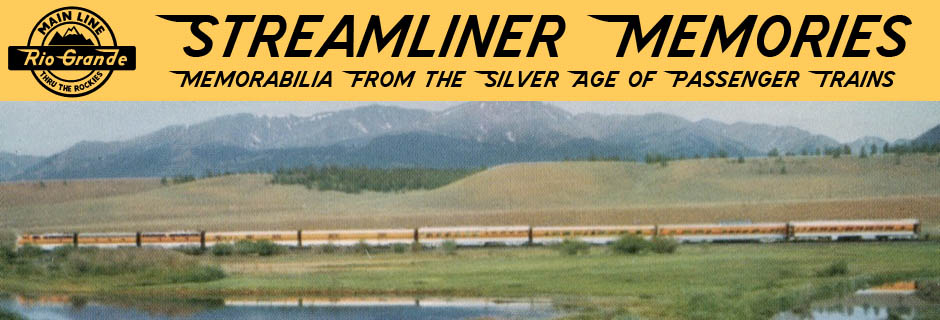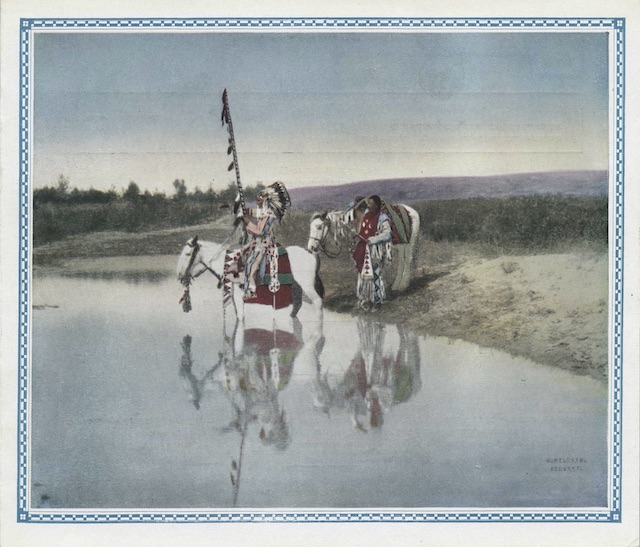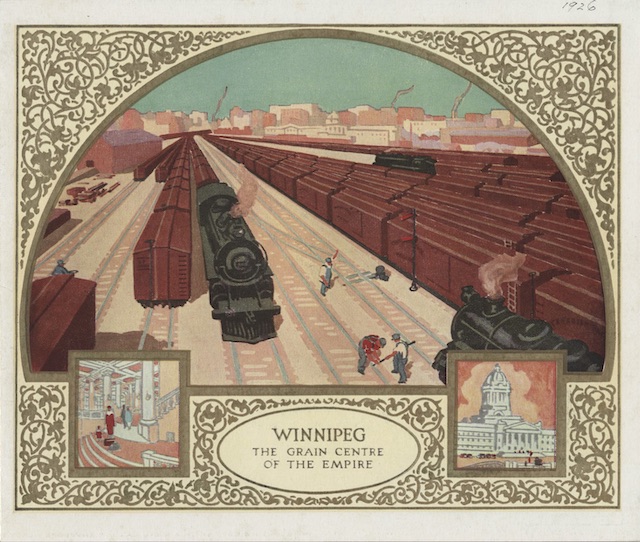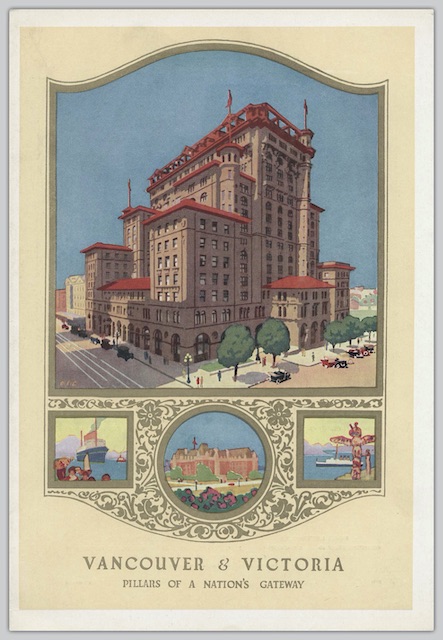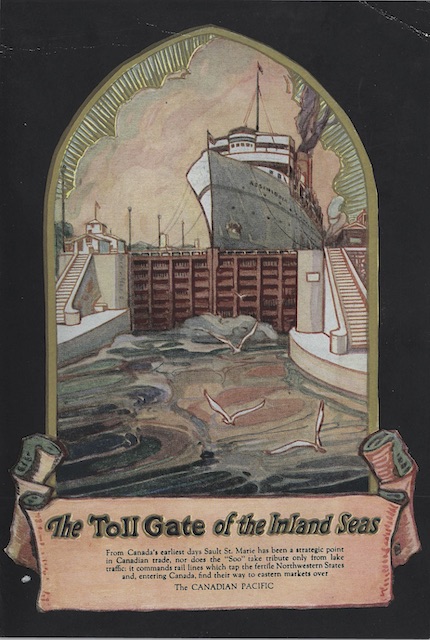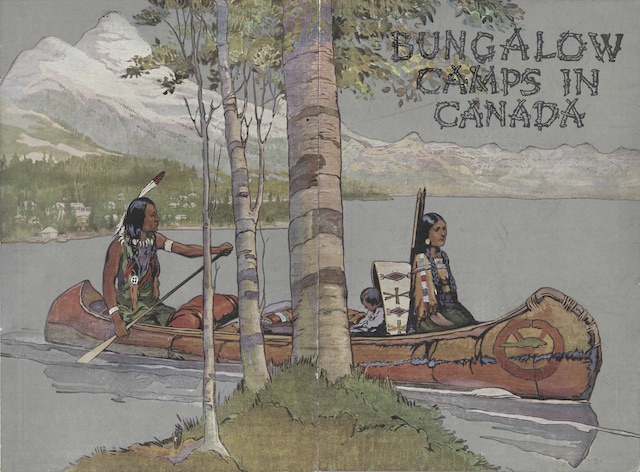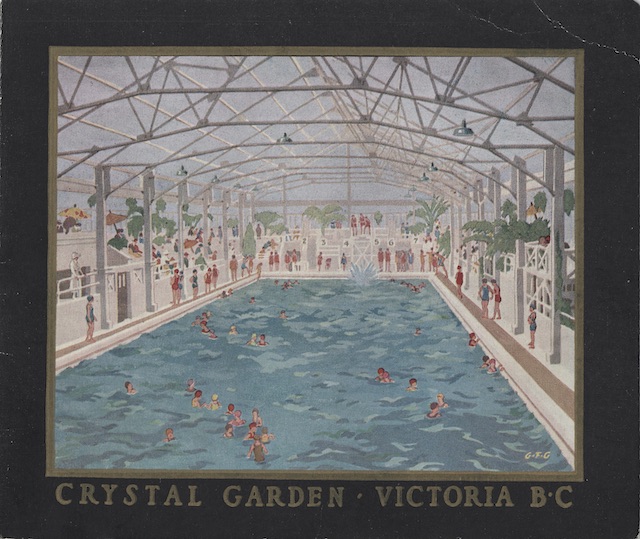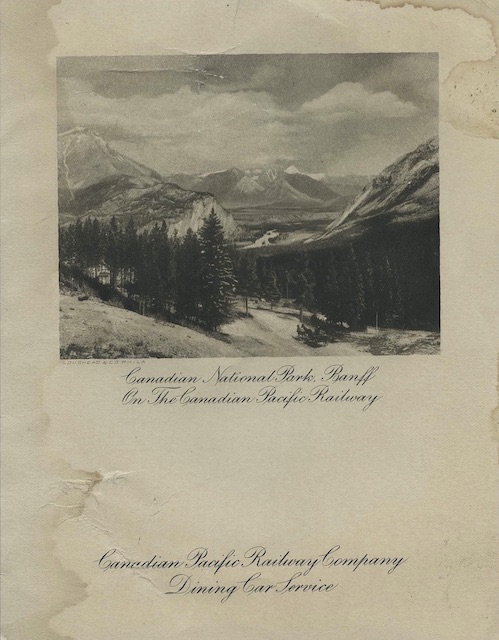Like yesterday’s menu, this one from my own collection is based on a lantern slide used by Sylvester Long for his slide shows promoting western Canada. However, the format of this 1927 menu is unlike any I’ve seen before. The picture below is actually the back cover. The front cover is a flap about half the width of the rest of the menu with the upper corner cut off at about a 45-degree angle. Unfortunately, it was damaged by being pasted in a scrapbook, but I’ve used Photoshop to repair as much of the damage as I can.
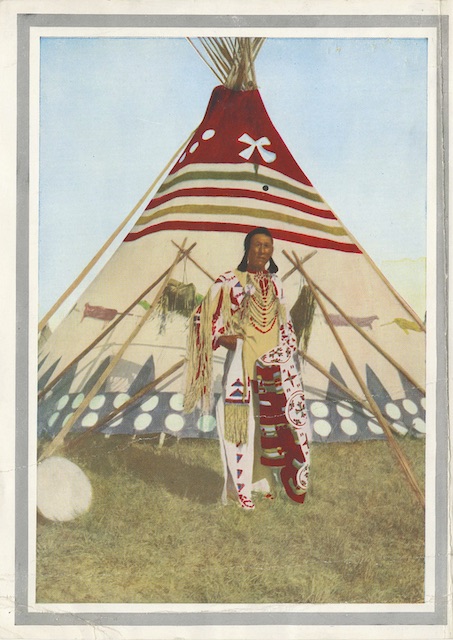 Click image to download a 1.7-MB PDF of this menu.
Click image to download a 1.7-MB PDF of this menu.
The front and back of the flap has a description of “Indian medicine practice” written by Long, the man who falsely claimed to be a Blackfeet Indian chief. While his description may be generally accurate, he doesn’t specifically identify the person in this photo. Continue reading
